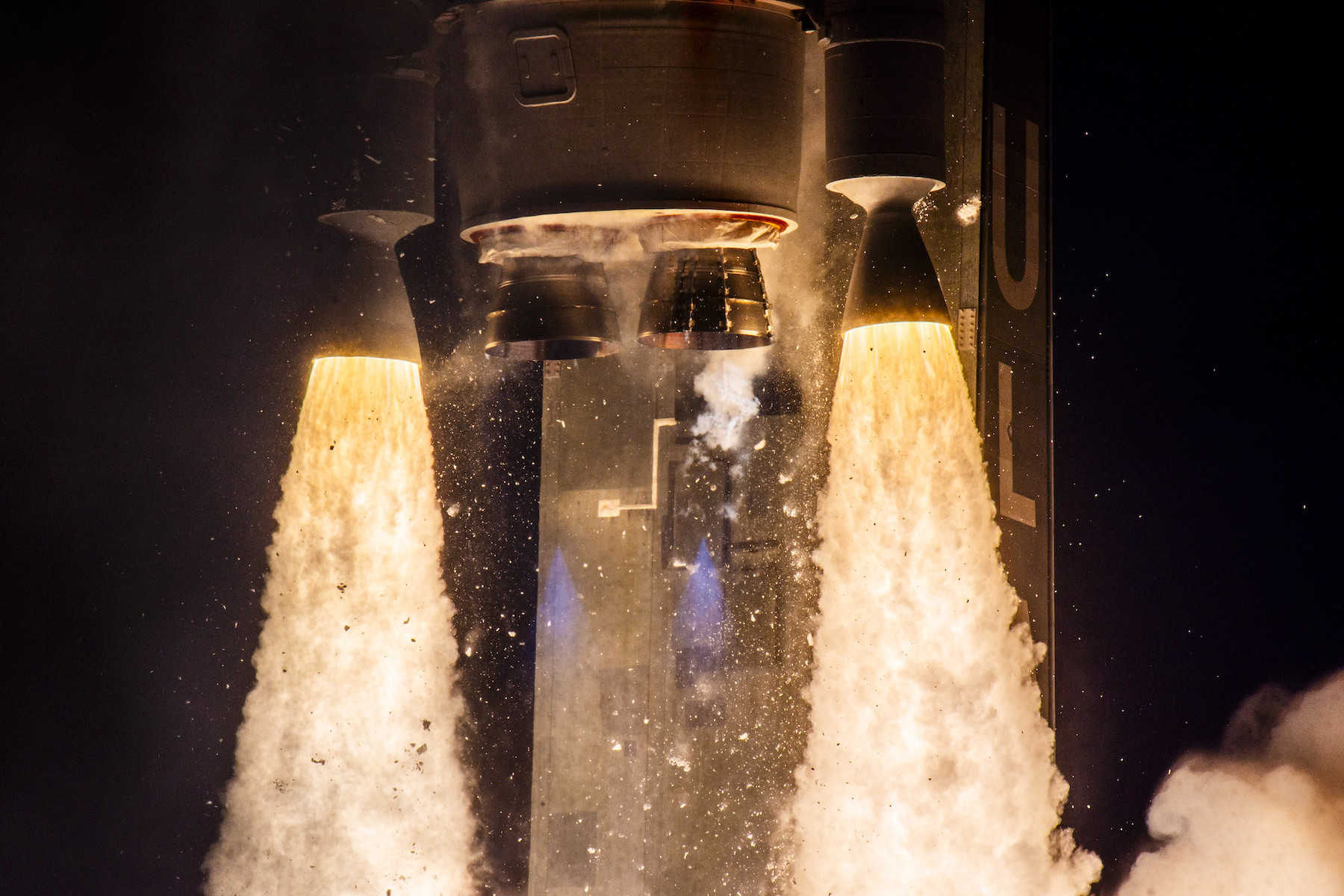ULA is examining debris recovered from Vulcan rocket’s shattered booster nozzle

When the exhaust nozzle on one of the Vulcan rocket’s strap-on boosters failed shortly after liftoff earlier this month, it scattered debris across the beachfront landscape just east of the launch pad on Florida’s Space Coast.
United Launch Alliance, the company that builds and launches the Vulcan rocket, is investigating the cause of the booster anomaly before resuming Vulcan flights. Despite the nozzle failure, the rocket continued its climb and ended up reaching its planned trajectory heading into deep space.
The nozzle fell off one of Vulcan’s two solid rocket boosters around 37 seconds after taking off from Cape Canaveral Space Force Station on October 4. There were some indications of a problem with the booster a few seconds earlier, as tracking cameras observed hot exhaust escaping just above the bell-shaped nozzle, which is bolted to the bottom of the booster casing.
A shower of sparks and debris fell away from the Vulcan rocket when the nozzle failed. Julie Arnold, a ULA spokesperson, confirmed to Ars that the company has retrieved some of the debris.
“We recovered some small pieces of the GEM 63XL SRB nozzle that were liberated in the vicinity of the launch pad,” Arnold said. “The team is inspecting the hardware to aid in the investigation.”
Under review
The solid rocket booster, or Graphite Epoxy Motor (GEM), was built by Northrop Grumman. It’s a larger version of the booster used on ULA’s Atlas V rocket, which Vulcan will replace. After the nozzle failure, the damaged booster continued to burn as the Vulcan rocket continued on its flight downrange over the Atlantic Ocean, albeit at a lower thrust level and with less efficiency.
Northrop Grumman’s Graphite Epoxy Motors have a reliable track record. The GEM 63XL variant used on the Vulcan rocket is derived from smaller boosters that flew on the Atlas V, Delta IV, Delta III, and Delta II rockets. The last failure of such a booster, a GEM 40 motor, was in January 1997, when a booster casing ruptured and led to the explosion of a Delta II rocket just 13 seconds after liftoff.
The October 4 launch was the second test flight of the Vulcan rocket, following a nearly flawless debut launch in January. ULA launched the second Vulcan test flight without a payload after determining Sierra Space’s Dream Chaser spaceplane, originally assigned to fly on the second Vulcan rocket, would not be ready for launch this year.
Source link


